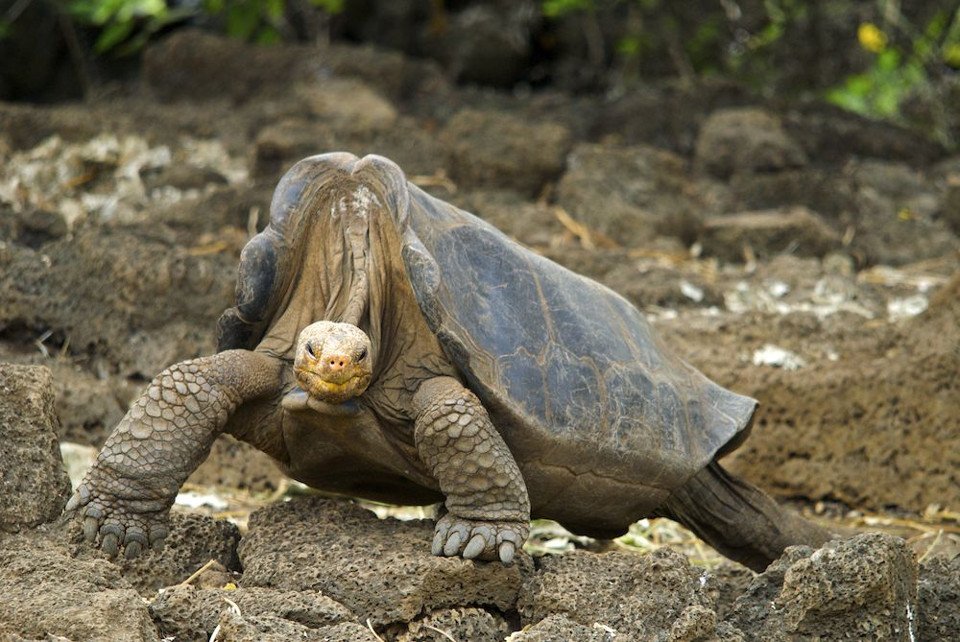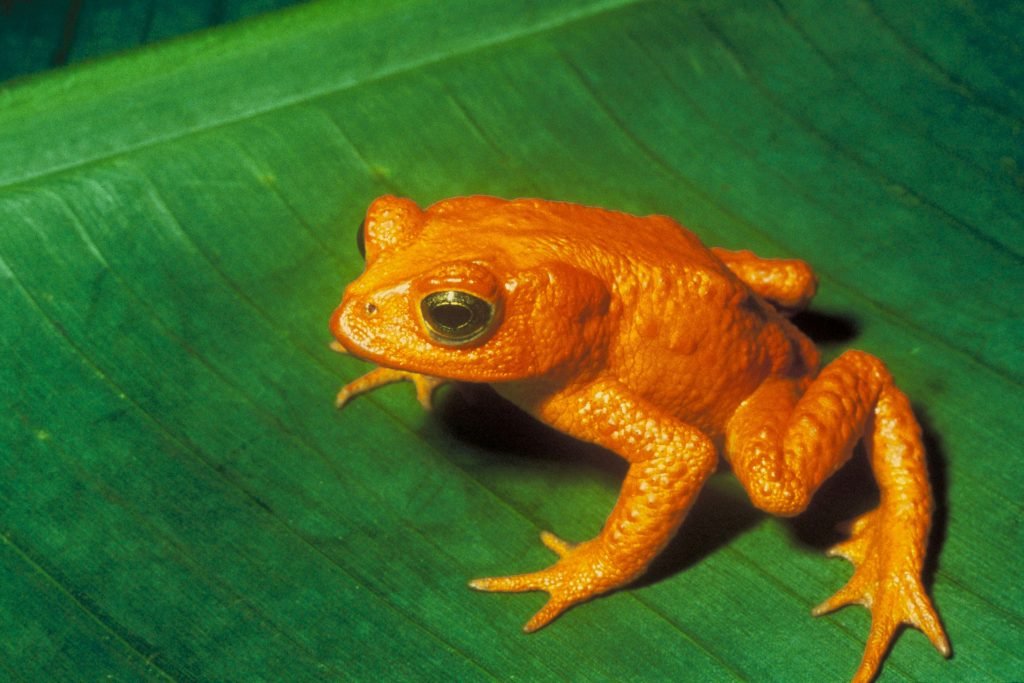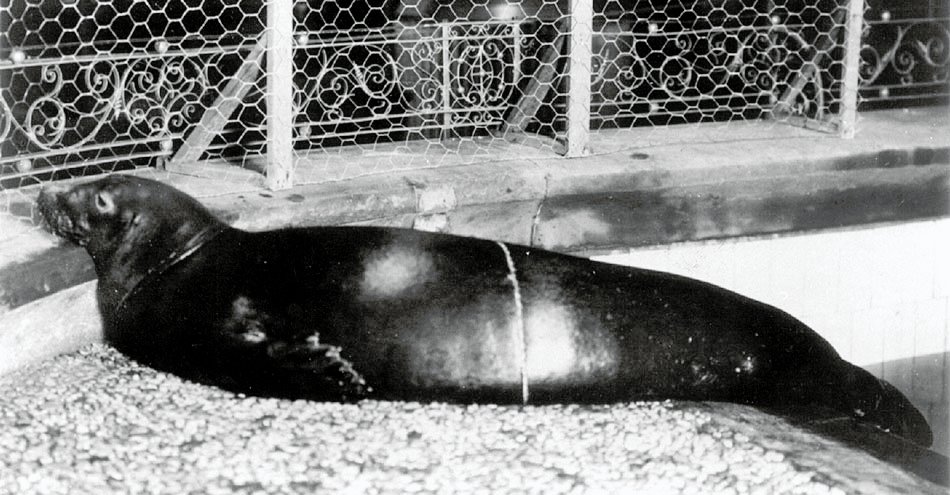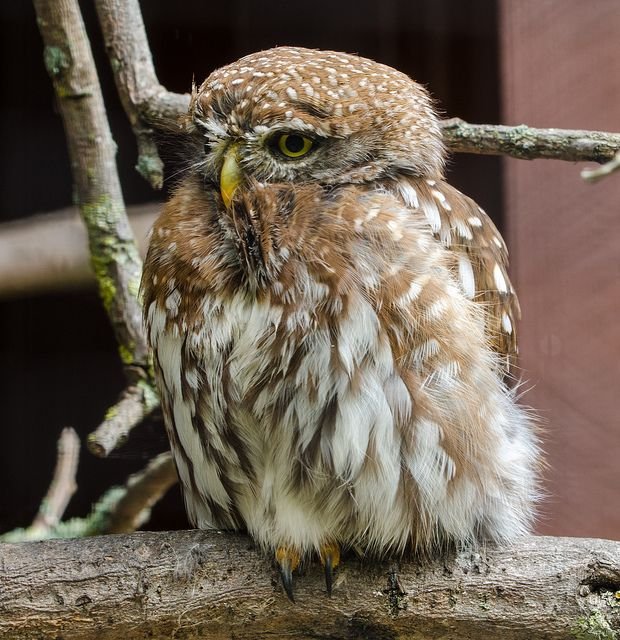The recent report from WWF says humanity have lost half of it’s wildlife in past 40 years. We read the report and the article and the facts were horrific. Thinking that what would be future 20 years like or 40 years like. Without wildlife our Ecosystems wont survive. Wildlife, Marine Life, Reptiles, Vertebrates & Earth Ecosystems forms the cycle of life together, they are dependent on each other. this further increased our curiosity. We wanted to dive deep and know Which species have we lost? Which species have gone Extinct?
Following is the list of Ten Species which we have chosen. All species which have gone extinct were important. All species which are critically endangered are important. We can not provide all the information in a blog post. That is why we have chosen ten of the wildlife species which are following.
1) Javan Tiger
The Javan tiger (Panthera tigris sondaica) was a tiger populace that lived in the Indonesian island of Java until the mid 1970s. It was chased to extinction and its natural habitat changed over for Urbanization & development. It was one of the three tiger populaces in the Sunda Islands.
The Javan tiger was little contrasted with different subspecies of the Asian terrain, however bigger than the Bali tiger, and comparative in size to the Sumatran tiger. It ordinarily had long and meager stripes, which were marginally more various than those of the Sumatran tiger.
The Javan Tigers believed o extinct in the 1980s. The lost their loves to the Human Urban Development which resulted in Natural habitat loss. The closest living cousins of Javan Tigers are Sumatran Tigers. They are Critically endangered species and total number in the wild is around 200-230 species.

2) Pyrenean Ibex
The Pyrenean ibex (Capra pyrenaica), Spanish normal name Bucardo, Catalan regular name Herc and French basic name Bouquetin was one of the four subspecies of the Iberian ibex or Iberian wild goat, a species endemic to the Pyrenees. Pyrenean ibex were most regular in the Cantabrian Mountains, Southern France, and the northern Pyrenees. This species was regular amid the Holocene and Upper Pleistocene, amid which their morphology, basically a few skulls, of the Pyrenean Ibex was observed to be bigger than other Capra subspecies in southwestern Europe from a similar time.
In January 2000, the Pyrenean ibex ended up extinct. Different subspecies have endure: the western Spanish or Gredos ibex and the southeastern Spanish or Beceite Ibex, while the Portuguese ibex had just turned out to be wiped out. Since the remainder of the Pyrenean ibex wound up wiped out before researchers could satisfactorily break down them, the scientific classification of this specific subspecies is disputable.

Following a few fizzled endeavors to restore the subspecies through cloning, a living example was conceived in July 2003; be that as it may, it kicked the bucket a few minutes after birth because of a lung deformity.
3) Western Black Rhinoceros
The rarest of the Black rhino subspecies, the Western Black Rhino was formally proclaimed extinct in 2011. Their extinction was caused essentially by poachers killing them for their horns, which are profoundly prized on the underground market and utilized in customary Chinese Medicine.
Western Black rhinos had exceptionally poor visual perception, helpless to unmistakably observe anything over 30 meters away. They did, anyway have phenomenal faculties of smell and hearing. Unfortunately, this was insufficient to shield them from poachers.

The western dark rhinoceros was accepted to have been genetically not the same as other rhino subspecies. It was once across the board in the savanna of sub-Saharan Africa, yet its numbers declined because of poaching. The western Black Rhinoceros lived essentially in Cameroon, however overviews since 2006 have failed to find any species left.
4) Baiji River Dolphin
The Baiji or Chinese River dolphin, and Nick Named Beautiful Goddess of the Yangtze lived for 20 million years in the Yangtze River, China. The Baiji’s end was quick and stunning; it went from a solid populace of nearly 6000 creatures to extinct in a couple of decades, simply a squint of an eye.
The Baiji’s extinction is the first of an extensive mammal species for a long time and is specifically owing to humankind. A Conservation Action Plan for Cetaceans of the Yangtze River was affirmed by the Chinese Government in 2001. Efforts were made to save the species, however a late 2006 campaign failed to discover any Baiji in the River. Coordinators pronounced the Baiji extinct.

5) Caspian Tiger
The Caspian tiger (Panthera tigris) was a tiger populace which lived from eastern Turkey, Mesopotamia, the Caucasus around the Caspian Sea through Central Asia to northern Afghanistan and Xinjiang in western China. It occupied scanty woods and riverine passageways in this locale until the 1970s. This populace was evaluated as extinct in 2003.
Felis virgata was the logical name proposed in 1815 by Johann Karl Wilhelm Illiger for this tiger populace. Aftereffects of phylogeographic examination demonstrate that the Caspian and Siberian tiger populaces shared a typical nonstop geographic dissemination until the mid nineteenth century that progressed toward becoming divided because of human impact.

At practically 10ft long they were probably the biggest felines to have at any point lived – however broad harming and catching, also the devastation of their natural habitat, saw them vanish off the essence of the planet through and through. Larger than Bengal tigers and smaller than Siberian Tigers.
6) Pinta Island Tortoise
The Pinta Island tortoise (Chelonoidis abingdonii), otherwise called the Pinta Giant tortoise. The species was depicted by Albert Günther in 1877 after examples landed in London. Before the finish of the nineteenth century, the vast majority of the Pinta Island tortoises had been cleared out due to hunting. By the mid-twentieth century, the species was thought to be extinct until a solitary male was found on the island in 1971. Endeavors were made to mate the male, named Lonesome George, with different species, however no reasonable eggs came about. Solitary George kicked the bucket on 24 June 2012, and the species was accepted to have turned out to be extinct with his demise.

7) Golden Toad
The brilliant frog (Incilius periglenes, in the past Bufo periglenes) was a little amphibian that was from a little, high-elevation locale north of the city of Monteverde, Costa Rica. An endemic species, it must be found in perfect cloud and elfin woods. The brilliant amphibian was first portrayed by researchers in 1966, however not long after the frog’s disclosure its populace started to lessen. The last locating of a solitary brilliant amphibian was on May 15th, 1989, and it has since been named extinct. The amphibian’s confined range, environmental change, chytridiomycosis, and over-gathering for the pet exchange added to its extinction. Many have hunt down the brilliant amphibian, yet sadly none have been found.

This amphibian was first portrayed in 1966 by herpetologist Jay Savage. The last locating of a solitary male brilliant amphibian was on 15 May 1989, and it has since been named extinct by the International Union for Conservation of Nature (IUCN)
8) Caribbean Monk Seal
The Caribbean Monk seal, West Indian seal or ocean wolf (as early travelers alluded to it), Neomonachus tropicalis, was a types of seal local to the Caribbean and is presently accepted to be extinct. The Caribbean Monk Seals’ fundamental predators were sharks and humans. Over hunting of the seals for oil and over fishing of their nourishment sources are the built up explanations behind the seals’ extinction. The last affirmed locating of the Caribbean Monk Seal was in 1952 at Serranilla Bank, among Jamaica and Nicaragua. In 2008, the species was formally announced extinct in the United States after a comprehensive scan for the seals that went on for around five years. This investigation was led by the National Oceanic and Atmospheric Administration and the National Marine Fisheries Service. Caribbean Monk Seals were firmly identified with the Hawaiian Monk seals, which live around the Hawaiian Islands and are presently imperiled.

9) Pernambuco Pygmy-Owl
The Pernambuco Pygmy Owl (Glaucidium mooreorum) is a types of owl in the family Strigidae. This as of late portrayed species is endemic to Pernambuco in Brazil.
This owl is named Critically Endangered and conceivably extinct by BirdLife International. It is expected to have a minor and declining populace inside an incredibly little known range. The populace is evaluated at under fifty grown-up winged animals. The Pernambuco Pygmy Owl was first depicted in December 2002 when two investigation skins were analyzed in Pernambuco, Brazil. The skins were initially gathered in 1980 and thought to be subspecies of the least Pygmy Owl (Glaucidium minutissimum) or Amazonian Pygmy Owl (Glaucidium hardyi). Upon closer examination of the skins, and vocalizations of the fowls additionally got in 1980, it was inferred this was another species.

A recent report citing to Bird extinction designs and the practically total decimation of its habitat prescribed uplifting the owl to Critically Endangered – Possibly Extinct.
10) Cryptic Treehunter
The cryptic Treehunter (Cichlocolaptes mazarbarnetti) is a species of Bird in the Furnariidae family. It is endemic to Brazil.The Cryptic Treehunter is so subtle, scientists are not by any means beyond any doubt regardless it exists any longer. The name mirrors its perplexing nature, however the reasons why its habitat is disappearing are to some degree additionally glaring.
Albeit formally depicted in 2014, the cryptic treehunter was most recently seen in the wild in 2007. All out populace is thought to be exceptionally low, perhaps beneath 50 people. The species is at present temporarily ordered by the IUCN as Critically Endangered, however may as of now be extinct. A recent report refering to winged creature extinction designs and the absence of any affirmed sightings since 2007.

Conclusion:
Numerous researchers trust the world has started a 6th mass extinction, the first to be brought about by mankind – Homo sapiens. Other late investigations have uncovered that mankind has destroyed 83% of all mammals and half of plants since since the beginning of human life and that, regardless of whether the demolition were to end now, it would take 5-7 million years for the regular world to recoup.
The Living Planet Index, delivered for WWF by the Zoological Society of London, utilizes information on 16,704 populaces of mammals, birds, fish, reptiles and amphibians, speaking to in excess of 4,000 species, to follow the decay of untamed life. Somewhere in the range of 1970 and 2014, the most recent information accessible, populaces fell by a normal of 60%. Four years prior, the decrease was 52%.
Nature adds to human prosperity socially and profoundly, just as through the basic generation of sustenance, clean water, and vitality, and through directing the Earth’s atmosphere, contamination, fertilization and floods. The Living Planet report unmistakably exhibits that human exercises are wrecking nature at an unsatisfactory rate, compromising the prosperity of present and who and what is to come.


Wow, amazing blog layout! How long have you been blogging for? you made blogging look easy. The overall look of your web site is fantastic, as well as the content!
Never knew this, regards for letting me know.
Hi there, You have done a great job. I will certainly digg it and personally recommend to my friends. I’m confident they’ll be benefited from this website.
I just need to inform you that I am new to writing and really adored your post. More than likely I am most likely to save your blog post . You literally have fabulous article content. Truly Appreciate it for swapping with us your own url article
Good write-up, I¡¦m normal visitor of one¡¦s site, maintain up the excellent operate, and It’s going to be a regular visitor for a long time.
Very informative article. Really Great.
Fantastic goods from you, man. I have understand your stuff previous to and you’re just too excellent. I really like what you have acquired here, certainly like what you are saying and the way in which you say it. You make it entertaining and you still care for to keep it sensible. I can’t wait to read much more from you. This is really a tremendous site.